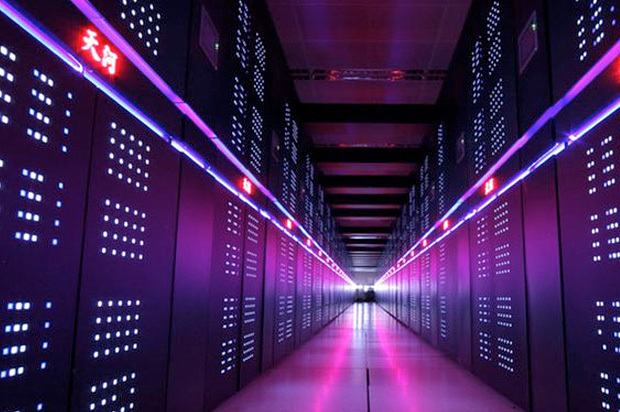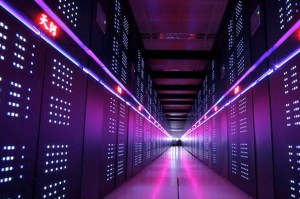1 min read
US Challenges China In Supercomputing Race With 180-Petaflop system

December 31, 2024
Copyright 2023, IT Voice Media Pvt. Ltd.
All Rights Reserved

 race, the U.S. plans to build a 180-petaflop supercomputer that will be used mainly for scientific research.
race, the U.S. plans to build a 180-petaflop supercomputer that will be used mainly for scientific research.